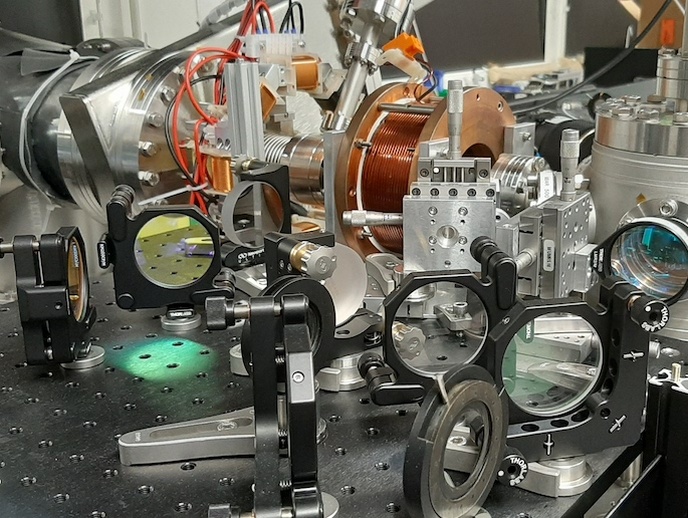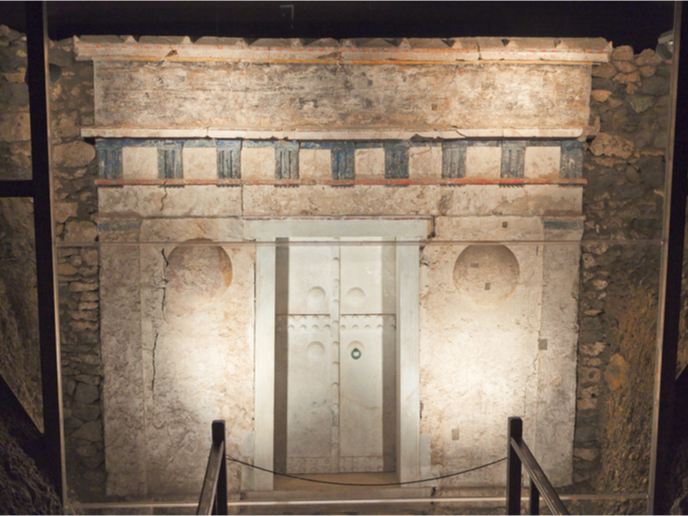Ultrafast laser pulses shine a light on future computing
Moore’s Law holds that computers should double in speed every 2 years. For the most part, this prediction has held true, but eventually silicon microchips will get so small and so fast that atomic interactions will come into play, preventing further advances. The EU-funded DIVI project promises to break through this limit by developing insight into lightwave electronics, where optical principles are used to steer and control electrons in atomic dimensions.
Next-generation computing
“The material won’t be semiconductors, but artificial molecular crystals and metamaterials,” says Peter Baum, DIVI project coordinator. “These will operate at optical frequencies, 100 terahertz, which is more than 1 000 times faster than traditional electronics.” The principle behind lightwave computers is to guide electrons through a material using the incredibly fast oscillations of laser light, offering a level of speed and control unobtainable in existing electronics. In place of traditional silicon components are atomic structures and metamaterials, tiny antenna arrays smaller than the wavelength of light, that can shape the amplitude and phase of light as required. The challenge faced by the DIVI project was to visualise and control the ultrafast changes in these metamaterials when they interact with light. “If you look around, all matter you see in gases, liquids and solids is made of atoms in complicated configurations, bound together by electrons which are also in complex configurations, and everything is changing all the time,” explains Baum. “Our goal is ultimately to make atomic-scale changes visible in space and time, and then control them.”
Electron microscopy
To achieve the necessary space-time visualisation, the team based at the University of Konstanz used an electron microscope twinned with a laser which can pulse at intervals shorter than 1 millionth of 1 billionth of a second, as fast as the electromagnetic field oscillations of a light wave. The result is what Baum calls an attosecond electron microscope. The group carried out a series of ground-breaking technological developments and then several proof of principle experiments, the results of which were published in various journals, for example twice in Science in 2016 and later in Nature Physics and Science Advances. “We made a multidimensional movie of the light waves as they are oscillating around a metamaterial element; it was really awesome to see this for the first time,” he notes. “It made us extremely excited about the practical applications to come.”
Time and space
The research was supported by the European Research Council. “This work would not been possible without it, it’s as simple as that,” adds Baum. “Only with the prestigious funding from the ERC could we acquire the essential equipment and assemble the necessary, world-leading personnel to realise our ideas.” Next, the team aims to use their new attosecond electron microscope to examine even more complex materials and metamaterials. The goal is to start building a library of components that can replicate the functions of traditional circuitry, allowing the development of lightwave computers and novel optical components. A prerequisite is observations of electronic and atomic motion in space and time. As Baum says: “You can only control what you can measure.”
Keywords
DIVI, lightwave, computers, terahertz, attosecond, electron, atomic, time, space, metamaterial, Baum







